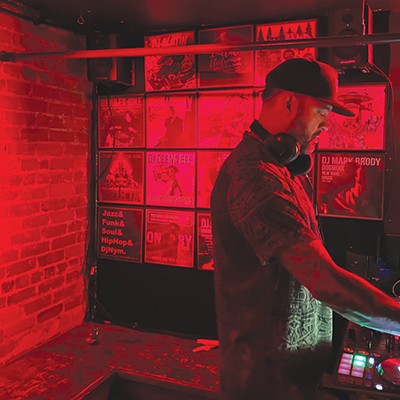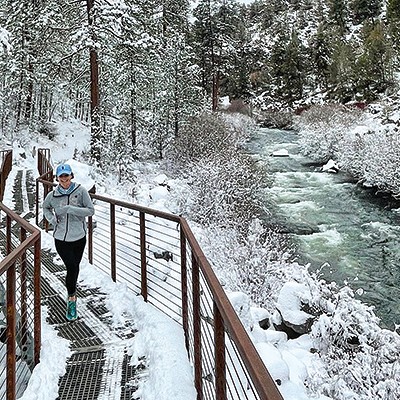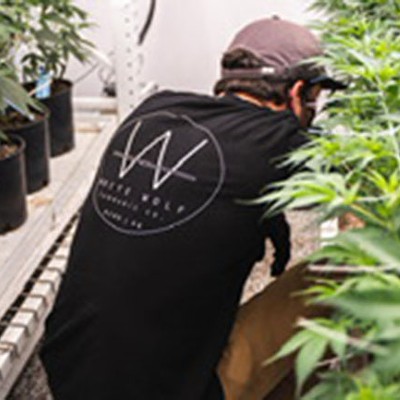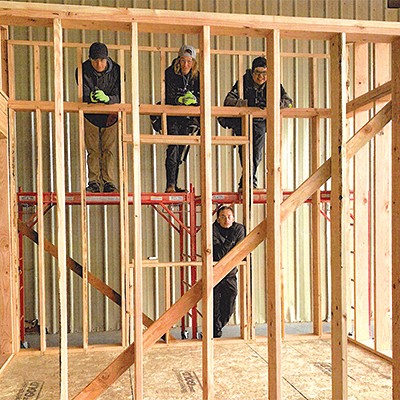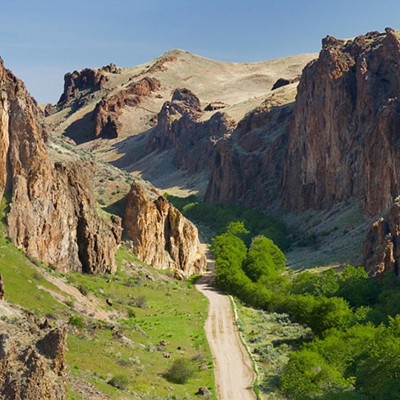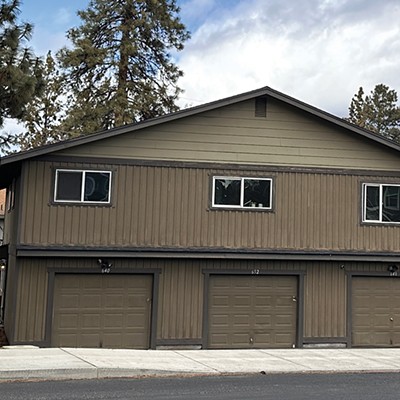At a packed neighborhood meeting last week, Oregon State University-Cascades representatives attempted to explain how the upcoming campus expansion could benefit the broader Bend community; particularly, transportation. Upgrades, like boosting busing services and greatly expanding bike lane infrastructure, were just a couple of the perks mentioned as Bend plans to greet a four-year university on the town's west side. But instead of cheers and thought-provoking ideas, the gathered crowd mostly chose to see that higher-education glass as half empty, and responded with scowls and, during the Q&A session, nay-saying.
While we certainly would like to give the Boot in the pants to the grumpies; instead, we give the Glass Slipper this week to the ongoing process to leverage the arrival of the university as a means to improve and upgrade transportation systems on the city's west side.
At the downtown meeting, Matt Shinderman, co-chair of the Campus Expansion advisory committee and senior instructor of Natural Resources, looked at the upcoming campus from several different angles, trying to shake out how this major addition—and the addition of a healthy number of college students to Bend —will impact traffic.
How can the school encourage students to reduce vehicle trips? Will there be enough alternative transportation modes? Is there enough housing on site to keep students from being commuter-students?
In a general response to those questions, Paul Dewey from Central Oregon LandWatch suggested that OSU-Cascades should integrate its transportation issues as more broad solutions for the community. "A lot of people need safer routes—not on the street but on safe pathways that run throughout the town," said Dewey. "We should see this campus as a catalyst to change the larger community." More specifically, he explained that OSU could help advocate for and create a city network of bike and walking pathways, not just ones that connect to campus, but throughout the area. It would encourage people to shift to fewer automobile trips
OSU agrees.
"Rather than impact, how can we make this a community resource?," posited Shinderman. "We need to hear people's concerns—and yes, some of those concerns are warranted—but there's so much opportunity." Shinderman went on to explain that "the city is very much partnering with OSU on this." Ticking off current projects that could be tied into the college's transportation blueprint—like the on-street parking, bigger bikes lanes and treed median of the Galveston Corridor project—he added, "it's very much an enhancement project."
"Really," he said, "this is an opportunity to take a strategic and coordinated look and say, 'how do we want this to be for the next 50 years?'"
Shinderman's question is a good one: This enormous addition to the city's west side is happening. It is unfolding in the next couple years—and instead of being problem-observers, we highly recommend residents instead try to be problem-solvers and, more generally, view the OSU-Cascades campus as a virtue, not a vice.
By virtue of having a campus on the west side, for example, OSU-Cascades should be able to leverage increased service of transit. Doing so will solve a lingering problem for the city, and increase east-west connectivity and create more flexible route options. Moreover, there is a very real opportunity right here, right now to expand these services with grant money and donations from OSU-Cascades.
Moreover, there is an important opportunity with the new campus, and the small population boom it will bring; namely, the university can model the 21st Century transportation behavior that Bend sorely is lacking—increased public transportation, increased ride-sharing, more bike paths and commuting.
Such examples will be important cultural shifts for Bend. And, those start with the cultural shift of turning that frown upside down.

